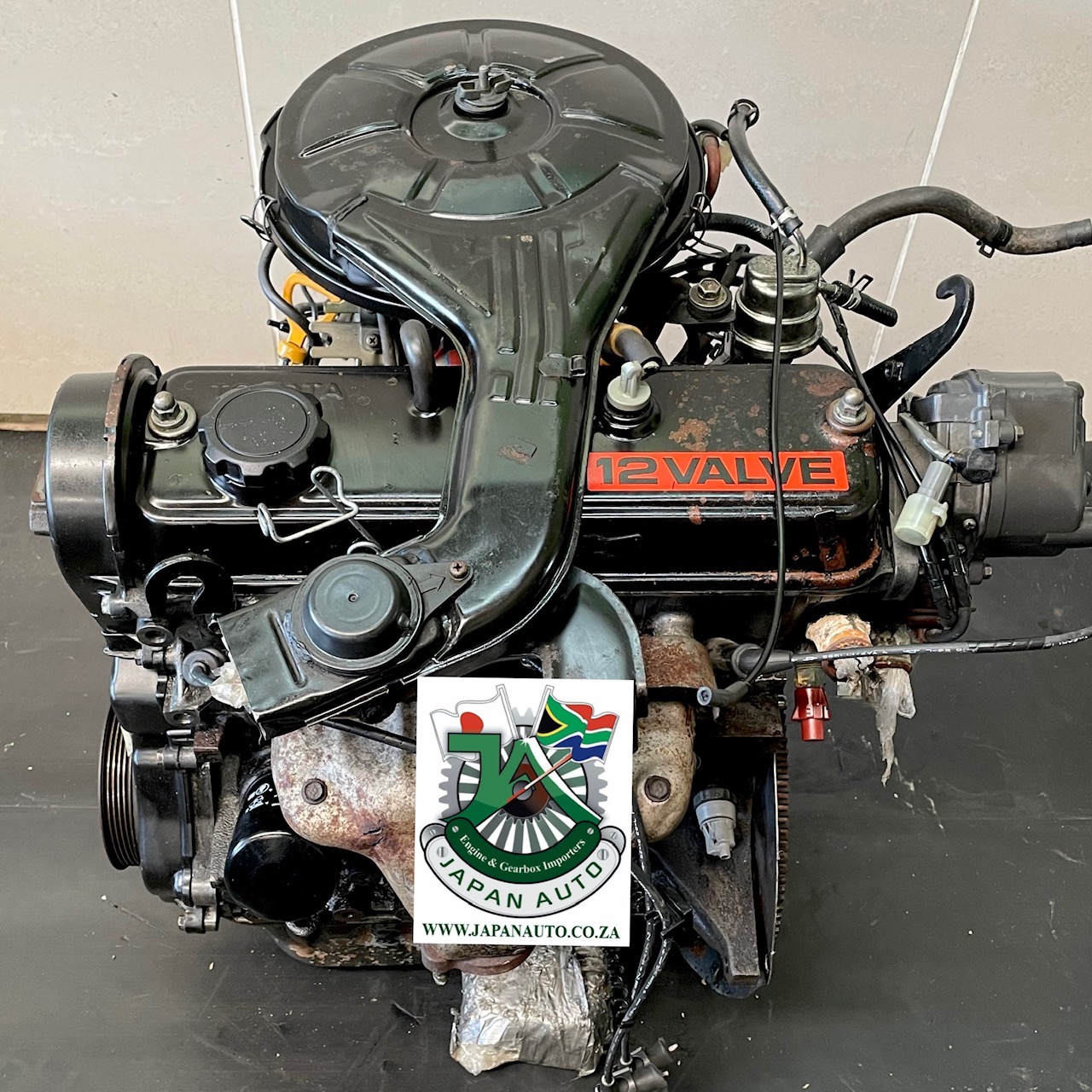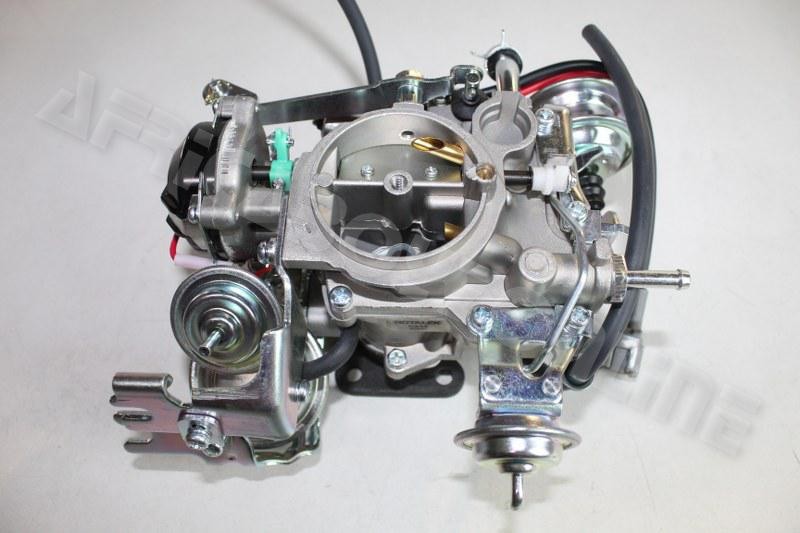Toyota Tazz: A Practical and Efficient Car for City Driving and Beyond
Toyota Tazz: A Practical and Efficient Car for City Driving and Beyond
Blog Article
Explore the most up to date Trends in Engine Technology Through Tazz
In the rapidly evolving landscape of automotive technology, Tazz stands at the forefront, highlighting substantial innovations in engine systems that focus on both advancement and sustainability. From hybrid engines that optimize gas performance to the introduction of hydrogen gas cells, the trends forming modern powertrains are not only enhancing efficiency but additionally addressing vital ecological difficulties.
Hybrid Engine Innovations
Crossbreed engine developments represent an essential shift in auto innovation, integrating the advantages of interior combustion engines with electrical propulsion systems. This combination not only boosts fuel performance but additionally minimizes emissions, conference progressively rigid ecological laws. By utilizing both power resources, hybrid engines can enhance performance, providing power when required while preserving fuel throughout much less requiring driving problems.
Current innovations in hybrid modern technology consist of enhancements in battery effectiveness and regenerative stopping systems. These developments enable better energy recuperation throughout slowdown, which can be rerouted to help in velocity or power accessory systems. Suppliers are concentrating on portable designs and light-weight products to make the most of the effectiveness of hybrid powertrains.
The advancement of plug-in hybrids has actually additionally expanded the marketplace, allowing drivers to bill their cars utilizing standard electric outlets. This attribute typically enables considerable all-electric range, additional reducing reliance on standard gas. tazz. As the automobile industry remains to advance, hybrid engine innovations are expected to play an essential duty in connecting the space between conventional automobiles and completely electric designs, supplying a transitional service that provides to varied consumer demands and preferences
Developments in Electric Powertrains
The automotive landscape is rapidly progressing, with electrical powertrains emerging as a leading force in lasting transportation. Breakthroughs in electrical car (EV) technology are considerably boosting individual, effectiveness, and performance experience. Trick innovations include renovations in battery chemistry, which have boosted energy thickness, reduced billing times, and extended total battery life.
Solid-state batteries, for instance, promise to revolutionize the marketplace by offering higher safety and security and performance contrasted to traditional lithium-ion cells. Improvements in regenerative braking systems are allowing cars to recoup energy during slowdown, adding to overall efficiency.
Along with battery technology, electrical motor layouts are coming to be a lot more advanced. Innovations such as integrated electric motors and progressed thermal management systems are aiding to maximize power shipment and decrease weight, ultimately boosting automobile characteristics.

Jointly, these advances emphasize the dedication to shift in the direction of cleaner, more efficient transportation options, positioning electrical powertrains at the center of vehicle advancement.
The Surge of Hydrogen Fuel Cells
Significantly, hydrogen fuel cells are obtaining grip as a sensible alternative to standard internal combustion engines and battery electric automobiles. This technology utilizes the chemical energy saved in hydrogen, transforming it right into electrical power with an electrochemical reaction with oxygen. The main by-product of this procedure is water, making hydrogen fuel cells an ecologically friendly option with zero exhausts at the tailpipe.

Automakers are progressively spending in hydrogen gas cell modern technology, identifying its capacity for long-range applications and quick refueling capabilities that match standard fuels. Additionally, industries such as heavy-duty transportation and public transportation are especially appropriate for hydrogen gas cells, where battery electric remedies may fail due to weight and array constraints.
As research study and investment proceed to expand, hydrogen gas cells are poised to play a significant duty in the future landscape of clean transport and power services.
Enhancements in Internal Burning Engines
Technologies in inner combustion engine (ICE) technology are transforming conventional automobiles to right here meet contemporary ecological criteria and performance expectations. Direct gas injection, for circumstances, allows for far better atomization of fuel, leading to even more total burning and improved power outcome.
In addition, turbocharging has gained prominence, enabling smaller engines to supply higher efficiency without the weight of larger engines - tazz. This modern technology not just increases performance but likewise adds to lower fuel usage. Variable valve timing systems are likewise being fine-tuned, enabling engines to adapt to numerous driving problems for enhanced torque and responsiveness
In addition, the usage of lightweight materials in engine building and construction is coming to be basic, additional enhancing gas effectiveness by decreasing general lorry weight. Engine control devices (ECUs) are significantly advanced, enabling real-time adjustments that optimize efficiency and discharges.
These enhancements jointly represent a crucial change in ICE technology, straightening with worldwide sustainability goals while still providing the efficiency motorists expect from their lorries. As the industry progresses, these enhancements continue to form the future of standard automobile design.
Future Fads in Engine Performance
Considerable developments in engine effectiveness are anticipated as suppliers concentrate on incorporating innovative innovations to meet strict environmental policies and customer demands. The change in the direction of electrification, crossbreed systems, and alternative gas is reshaping the automotive landscape, driving innovations that improve fuel economic situation and reduce emissions.
One of the key fads is the application of sophisticated materials and making methods. High-strength alloys and light-weight compounds contribute to reduced automobile weight, hence enhancing overall efficiency. In addition, the fostering of turbocharging and variable valve timing technologies permits improved power outcome from smaller engines, better improving fuel economy.

Conclusion
Technologies in hybrid engine systems, electrical powertrains, and hydrogen fuel cells show a dedication to decreasing discharges while boosting performance. Enhancements in interior burning engines and an emphasis on lightweight products add to general engine effectiveness.
From crossbreed engines that enhance gas effectiveness to the introduction of hydrogen gas cells, the trends shaping modern-day powertrains are not only boosting efficiency but additionally addressing crucial environmental difficulties.Hybrid engine technologies stand for a crucial shift in vehicle modern technology, integrating the benefits of interior burning engines with electric propulsion systems.In addition, turbocharging has actually gained importance, enabling smaller engines to supply greater efficiency without the weight of bigger engines. Additionally, the adoption of turbocharging and variable valve timing modern technologies allows for boosted power output from smaller engines, even more boosting gas economic climate.
Renovations in look here internal combustion engines and an emphasis on lightweight products add to general engine effectiveness.
Report this page